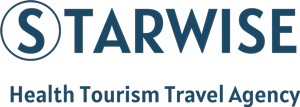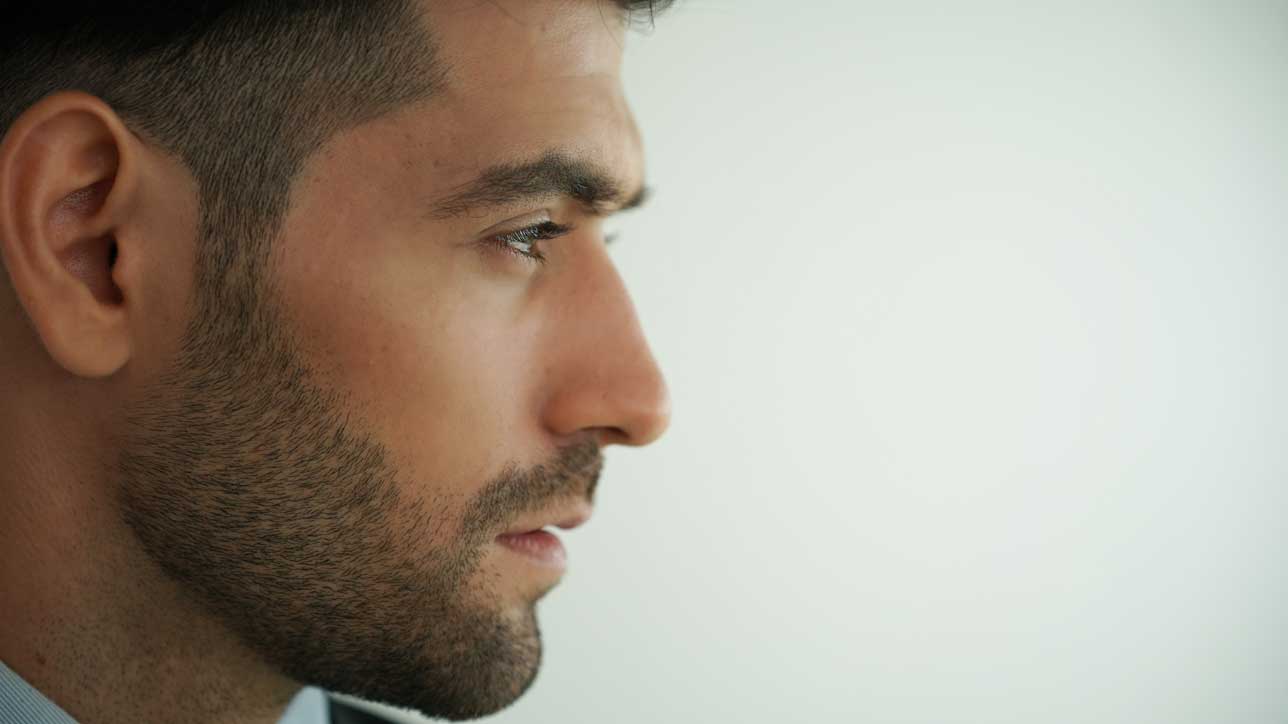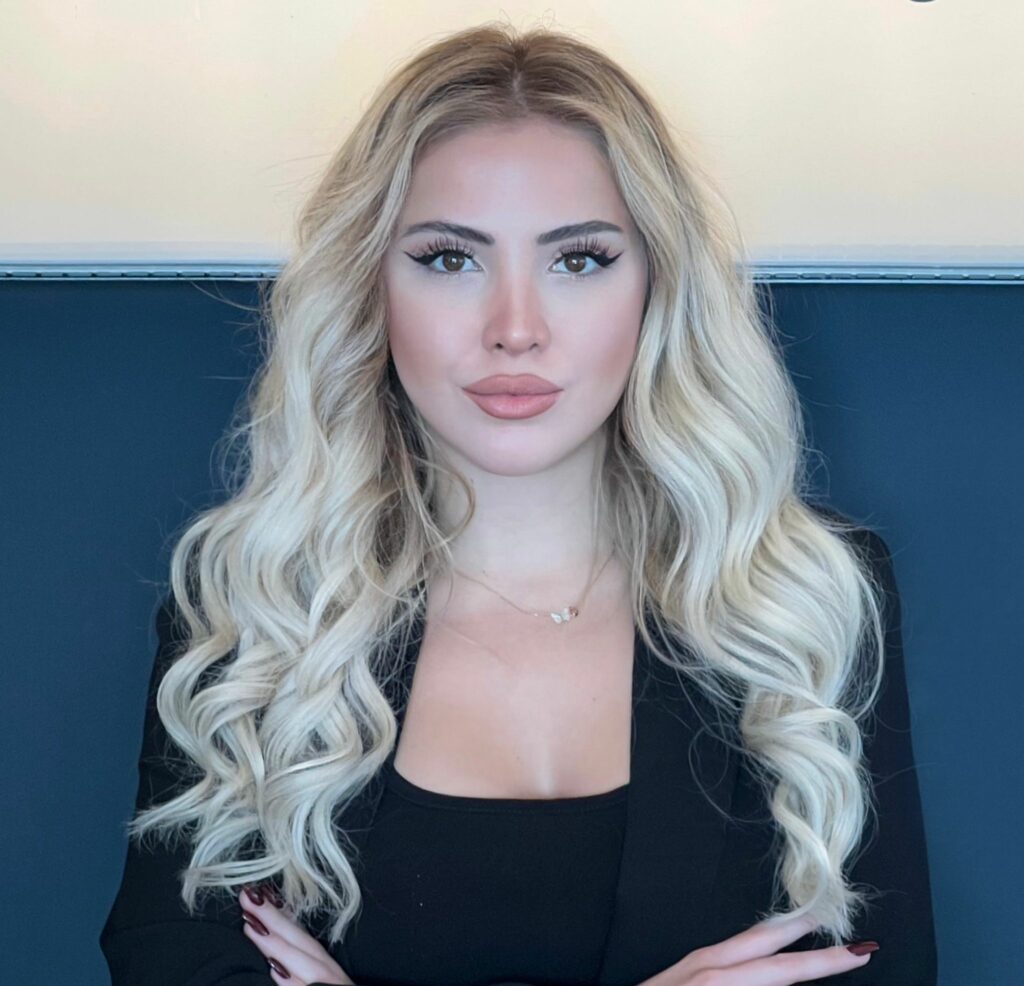Revision Rhinoplasty: Your Comprehensive FAQs
Understanding the Secondary Procedure and Candidates
1. What is revision rhinoplasty? Revision rhinoplasty is a secondary surgery. It is performed to correct or improve the results of a previous nose surgery. This addresses either functional issues (like breathing problems) or aesthetic concerns (asymmetry, irregularities, or general dissatisfaction with the shape).
2. Who is a good candidate for this surgery? Ideal candidates generally include:
- Patients who are dissatisfied with the final results of a prior rhinoplasty.
- Individuals experiencing breathing difficulties after a previous surgery.
- Healthy non-smokers with realistic expectations.
- Crucially, patients who have allowed at least 12 months for the nose to heal before seeking revision.
3. How is revision rhinoplasty different from primary rhinoplasty? Revision rhinoplasty is usually much more complex. This is due to scar tissue, altered anatomy, or reduced cartilage from the first surgery. Therefore, it often requires grafts from the septum, ear, or rib to rebuild the nasal structures.
4. How long does the procedure typically take? Revision rhinoplasty typically lasts 3–5 hours. The exact duration depends entirely on the complexity of the case and whether cartilage grafting is required.
Recovery, Results, and Longevity
5. How long is the recovery period? Recovery follows a clear timeline:
- Initial recovery: 1–2 weeks for major swelling and bruising to subside.
- Return to work: recommended after 1–2 weeks (depending on the job).
- Final results: may take 12–18 months to fully settle due to the nature of scar tissue.
6. Is revision rhinoplasty painful? Most patients report mild to moderate discomfort, which is manageable with prescribed medications. Swelling and nasal congestion are actually more common sensations than pain.
7. Can revision rhinoplasty fix breathing problems? Yes. Functional revision rhinoplasty is specifically designed to correct issues. These include a deviated septum, nasal valve collapse, or any obstruction caused by the previous surgery.
8. How long do the results last? The results of a successful revision surgery are generally permanent. However, natural aging processes will continue to affect the nose over time, just as with a primary surgery.
9. How soon after the first surgery can I have revision rhinoplasty? Most surgeons strongly recommend waiting a full 12 months after the initial surgery. This critical time allows all swelling to subside and allows the underlying tissues to fully heal and mature.
10. What are the potential risks? Risks include infection, scarring, breathing difficulties, persistent asymmetry, graft complications, or dissatisfaction with results. To mitigate these risks, choosing a highly skilled, board-certified surgeon is essential.
Planning Revision Rhinoplasty Abroad: The Istanbul Guide
Choosing a Surgeon and Comprehensive Packages
A. Why is Istanbul popular for revision rhinoplasty? Istanbul is renowned for its experienced rhinoplasty surgeons,modern clinics, competitive pricing, and tailored medical tourism services, making it a reliable destination for complex corrections.
B. How do I choose a reliable surgeon abroad? It is vital that you:
- Ensure the surgeon is board-certified and specializes specifically in revision rhinoplasty.
- Review before-and-after results from previous revision cases (as these are more complex).
- Check independent patient reviews and clinic accreditation.
C. Do Istanbul clinics offer all-inclusive packages? Yes. Many reputable clinics provide packages that cover:
- Surgery and anesthesia.
- Post-operative care and necessary medications.
- Hotel accommodation and transfers.
- Dedicated translator/assistant services.
Travel Logistics and Post-Operative Support
D. How long should I stay in Istanbul for recovery? Most surgeons recommend staying 7–10 days. This allows enough time for initial healing, splint removal, and essential follow-ups before flying home.
E. Is it safe to fly after revision rhinoplasty? Yes, but only once the surgeon clears you—usually 7–10 days after surgery. Additionally, patients should avoid strenuous activity and use nasal sprays if recommended by the doctor.
F. What about aftercare once I return home? Clinics provide detailed aftercare instructions before you depart.Furthermore, they often offer remote follow-ups through video consultations to monitor your long-term progress.
G. Will language be a barrier during my medical trip? No. Most reputable clinics consistently have English-speaking staff. In addition, interpreters are available for international patients if needed.
H. What should I pack for surgery abroad? For a smooth and comfortable recovery, you should pack:
- Saline nasal spray and gentle skincare products.
- Loose, button-up clothing (to avoid pulling over the head).
- Cold compresses for managing swelling.
- Any prescribed medications.
- A supportive travel pillow for added comfort while sleeping.




Daniel H., London-UK –
I traveled to Turkey for revision rhinoplasty and couldn’t be happier. The surgeon managed to fix both the breathing issue and improve the shape of my nose.
Jonas W., Berlin –
Meine Korrektur-Rhinoplastik in der Türkei war eine sehr gute Entscheidung. Das Ergebnis ist ästhetisch und funktional überzeugend.
Aisha N. – Qatar –
After an unsuccessful previous nose job, I had a revision rhinoplasty in Turkey and the result was wonderful. My appearance is natural, and my breathing improved.
Camille T. / Paris, France –
Ma rhinoplastie secondaire en Turquie a été une vraie réussite. Mon nez est plus harmonieux et je respire beaucoup mieux maintenant.
Jessica R., Los Angeles-USA –
My rhinoplasty in Turkey was a success after years of being unhappy with my first surgery. The surgeon corrected the asymmetry and gave me a natural-looking nose.